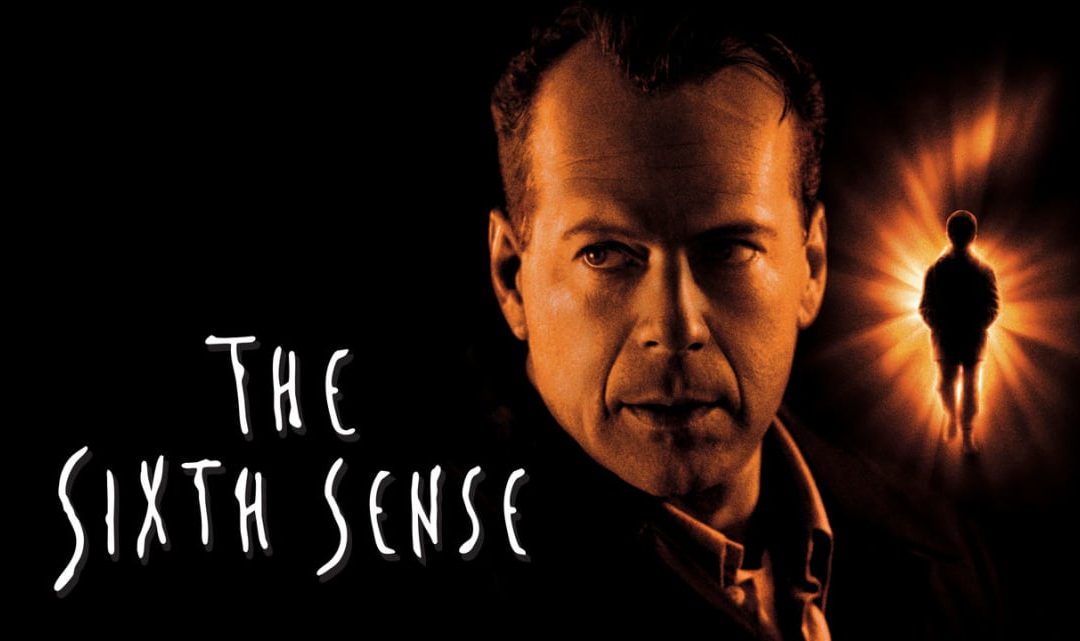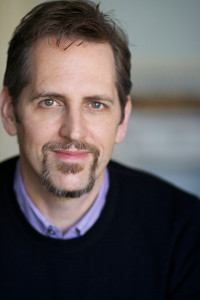A writer I work with as a script consultant recently shared a phrase with me that came from her friend Craig Hammill (thanks, Craig!), which perfectly encapsulates a point that I often make with writers: “Don’t withhold; reveal, and complicate.”
What that means is this: withholding information – especially information about your main character and what they think, feel, want, plan, and are trying to achieve – tends to distance readers and audiences from your material, rather than drawing them in.
It’s a very common issue I come across in scripts, especially ones that are saving some sort of big reveal or twist for late in the movie.
The problem with this is that when readers don’t really understand what’s driving your main character, they have a very hard time connecting with them, or engaging with your story – and they will tend to read from a detached distance (which you don’t want!), rather than as an emotionally engaged participant in what is going on (which you do want!).
Or you could say more specifically that we’re asking (often subconsciously), “Am I emotionally engaging with this character, invested in their problem and goal, entertained by the process of them pursuing it, and wanting to see how it turns out?”
I believe that for us to achieve this primary, essential goal – and to sustain that caring throughout a story – we need to go much further than writers often do to make their main character’s thoughts, feelings, desires, plans and scene-by-scene motivations crystal clear at all times.
I sometimes teach a workshop on “What makes a good scene”, where I read excerpts from the screenplays for three very successful movies: (1) the scene in The Godfather where Michael prepares to shoot Solozzo; (2) the scene in Pretty Woman where Vivian is called into the hotel manager’s office; (3) and the scene in Jerry Maguire where Jerry tries to get Rod Tidwell to “help me help you”. What is strikingly evident in the writing of each of these three scenes is how much they focus on the emotions of the main character, as they deal with a very clear problem, and try to achieve a very clear goal. One can’t help but get drawn into what they’re going through.
This, I believe, is what screenwriters want to do with virtually every scene. We want to reveal information about our main characters (including emotions, desires and intentions), and then complicate their situation through the conflicts they run into as they try to pursue those intentions. When we withhold, instead, we leave the audience guessing as to what’s really going on.
I understand why writers sometimes do this. We have all seen great movies with shocking twists at the end that seem to memorably and climactically “make” the story. Perhaps the best example of this is The Sixth Sense.
But here’s the catch: throughout that movie, the audience knows everything they need to know about Bruce Willis’s character, to be able to emotionally engage in his efforts to try to help Haley Joel Osment. You understand Willis’s motivations and emotions from scene to scene, and you want him to succeed. The story is an ongoing process of revelations and complications, where viewers are understanding what the main character wants, and are with him emotionally as he tries to achieve it.
The twist that happens at the end only adds an additional dimension to the story. It doesn’t change or betray everything we’ve been invested in up until that time. It isn’t even required for the story to work. It only takes it to another level.
I believe this is true, in general, of such twists. The audience has been absolutely engaged in the problems of the story as they reveal and complicate, and they have been sharing the perspective, motivation and emotions of the character who is at the center of it all – with a big problem they’re trying to solve (including, for instance, Chazz Palminteri in The Usual Suspects and Richard Gere in Primal Fear – two other “big twist” movies).
What I’ve noticed with some screenplays that are going for big reveals like this is that they fail to engage readers prior to the twist because, in order to make the twist work, they have to withhold so much information about the main character and their overall story problem, that there’s not enough to grab onto emotionally – not enough that the audience is interested and invested in, and wanting to see resolved.
In my view, it’s not worth it! Big reveals should be in service to a story that is already working without them – not the one thing that will hopefully make a story work when they finally come out. Getting readers’ emotional investment in a story problem is the name of the game, in my opinion – and giving them the information they need to build and maintain that investment should come first.



If a mystery is part of a story, reveals can be tricky as one does not want the solution to the mystery to be too evident. However even when writing a mystery story it is imperative that the audience be sufficiently engaged by the main charcter emotionally so that his or her search for that solution matters on more than a surface level.
Erik, thanks for your thoughtful insights about revealing a character’s emotions. I know I need to apply it to my own script. Right now, the main character is too distant to being engaging. The way you put it makes sense.
Erik, You give great advice…A script reader told me my story was confusing until I revealed necessary information midway that was needed to understand the plot… Thanks, Janet
Great article. Thanks for posting this. It is very helpful.
Hello Eric,
As I read your blog, I find your “nuggets” of information gives me “Ah-ha” moments. It’s a wonderful feeling within when you first realizes that something is, as someone of your talent, said it would be.
Years ago, I was told, “Advice is usually worth the price it cost you.” This “does-not” hold true in your case. Your advice is priceless. It is making me a better writer. I know this to be true, by the times that people will ask me, “And then what happens” after I give them a teaser short story. Thanks for all your help to aspiring writers, Mike
Erik, I love this website! Excellent advice on here! I am going to be reading it all. Maybe it will help me with my writing. Thanks! I am sure you are a great teacher.